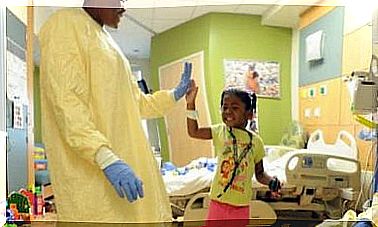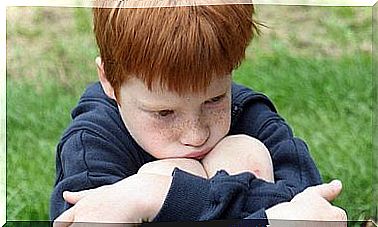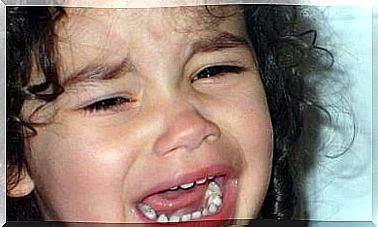Class Constructions: Here Are All The Benefits
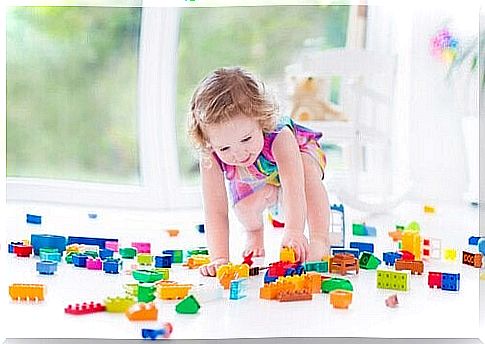
The constructions to use in the classroom excite children. Thanks to those small bricks, in fact, the little ones create, imagine, join pieces, divide them, solve problems and start over.
This game, suitable for all age groups, starting from the year, and with different levels of difficulty, will thrill them until adolescence. Children and young people, in fact, are able to spend hours and hours in an activity that for them consists only in “playing”.
In reality, the constructions in the classroom thus favor the development of different skills and abilities in the child. Read on and find out what the benefits of this game are.
Building helps perfect fine motor skills
Fine motor skills consist of the ability to perform movements using the smaller muscles of the hands, wrist and fingers to grasp objects, grasp or write, for example.
Human Development and Family Studies expert Yvonne Caldera, along with some colleagues, conducted research that yielded very significant results.
This team of specialists observed the construction activity of 51 preschool children and discovered a pattern: the children who showed greater interest in construction created more sophisticated structures. Not only that, they also fared better in a standard test of space intelligence.
The same result was also obtained in other studies (Oostermeijer in 2014). It may seem that children with more developed spatial skills were more motivated to engage in construction games in the classroom. However, there are good reasons to think that buildings have an effect on development.
A recent experimental study has demonstrated the effects of structured construction play, that is, one in which children reproduce a structure starting from a model or a drawing.
A group of 8-year-olds participated in this study on the effects of structured play, participating in five sessions of 30 minutes each. Eventually, all of the children showed improvement in mental rotation.
In addition, brain scans revealed changes in the way their brains processed spatial information. Children belonging to a control group did not show these changes (Newman in 2016).
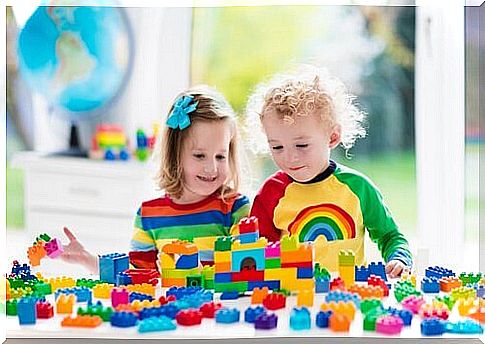
Constructions in the classroom can improve cognitive flexibility
“Cognitive flexibility” is the ability to move from one relevant stimulus to another quickly. Very important, therefore, for development.
In 2018 Sara Schmitt and a team of colleagues (Purdue University) conducted a study on structured play with constructions, randomly selecting some children from a class.
During the first few sessions, the tasks were relatively simple. For example, “build a tower”. As the children became familiar with the materials, they were required to complete more difficult tasks. For example, “copy the structure you see in the image”.
At the end of the study, it was noted that the children who participated and played with the constructions showed improvements in cognitive flexibility.
Stimulation of creative and divergent problem solving
Psychologists recognize two main types of problems:
- The convergent problems : they have only one correct solution
- Divergent problems : they can be solved in various ways
What makes the construction game a divergent game is the fact that children can join several blocks (pieces) of various types. Divergent play with constructions can help children think creatively. In addition to solving divergent problems better.
In 1981, Dr. Debra Pepler (psychologist at York University) and Dr. Hildy Ross (psychologist at Waterloo University) conducted an experiment.
They gave some kindergarten children two types of play materials:
- Some children received material to play converging games (puzzle pieces).
- Other children received divergent play materials (foam bricks).
- All the children were given time to play.
- Eventually, their ability to solve problems was tested.
The result? Children who played with foam bricks (divergent construction games) were better able to handle divergent problems. In addition, they have shown greater creativity in trying to solve problems.
Cooperative construction game promotes social skills
According to research, children would become more sociable. In addition, playing construction games with other children develop greater social emotional intelligence.
It has been shown that children with autism who attended group construction play sessions revealed an improvement in social relationships compared to children trained in the social use of language (Dr. Laura Owen, Sheffield University, 2008).
Other research conducted on children with normal social development suggests the same. Those engaged in cooperative projects in these games build better friendships from a qualitative point of view.
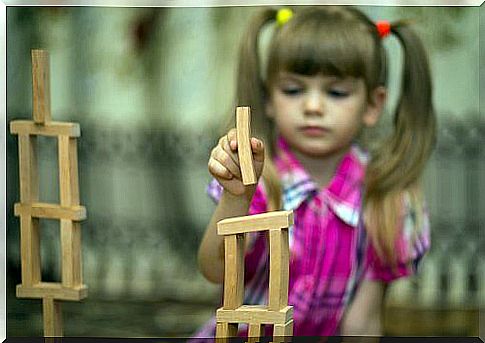
Improvements in building engineering skills development
It’s easy to see how buildings can offer great architecture and engineering lessons. A builder who creates a small-scale structure faces the same physical laws as a builder who operates on a large scale.
Studies suggest that pupils learn the laws of physical forces best when they experience them in person. The construction game offers excellent learning opportunities for children to develop an intuitive understanding of mechanical forces.
So, taking all this into account, we can say that buildings are an excellent investment for the school. LEGOs are the most popular, but we can do some research and find others that are equally attractive and useful.
For example, the KEVA Contraptions Plank Set, a set of wooden blocks, highly recommended. KAPLA modular bricks are also useful and suitable for children aged three and up.







